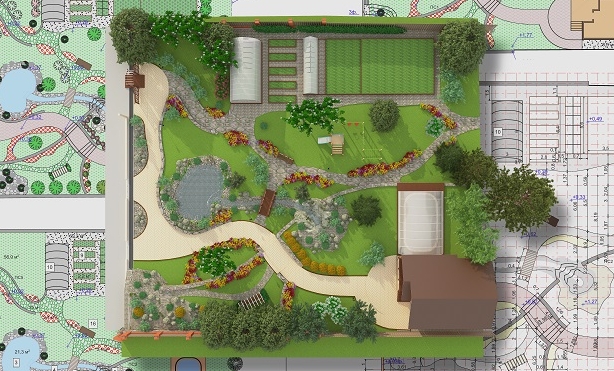Urban spaces are constantly evolving to meet the needs of their residents, and landscape architecture plays a crucial role in shaping these environments for the better. By reimagining public spaces and integrating greenery and sustainable design principles, landscape architects are revolutionizing the way we interact with cities.
Creating Sustainable and Eco-Friendly Designs
Landscape architects prioritize sustainability in their designs, utilizing concepts like green infrastructure and low-impact development to reduce environmental impact. By incorporating green roofs, rain gardens, and native plantings, these professionals help cities manage stormwater, combat urban heat islands, and improve air quality.
Promoting Health and Wellness
The integration of green spaces and pedestrian-friendly design elements in urban landscapes promotes physical activity and mental well-being among residents. Parks, greenways, and urban forests provide opportunities for recreation and relaxation, while streetscapes designed with pedestrians in mind encourage active transportation and social interaction.
Fostering Community Engagement
Well-designed public spaces serve as gathering places where communities can come together to celebrate, socialize, and connect with nature. Landscape architects work collaboratively with stakeholders to create inclusive and accessible environments that reflect the unique identity and character of a city.
Enhancing Economic Development
Investing in quality public spaces through landscape architecture can drive economic growth and increase property values in urban areas. By revitalizing underutilized sites, creating attractive streetscapes, and improving connectivity, landscape architects contribute to the overall vitality and competitiveness of a city.
Adapting to Climate Change
As cities face the challenges of climate change, landscape architects are at the forefront of designing resilient and adaptive solutions. From implementing green infrastructure to protect against flooding and sea-level rise to creating drought-tolerant landscapes, these professionals help cities prepare for the impacts of a changing climate.
In conclusion, landscape architecture has a significant impact on urban spaces by promoting sustainability, health and wellness, community engagement, economic development, and climate resilience. By embracing innovative design strategies and prioritizing the well-being of residents, landscape architects are transforming cities into more livable, vibrant, and resilient environments for future generations.

